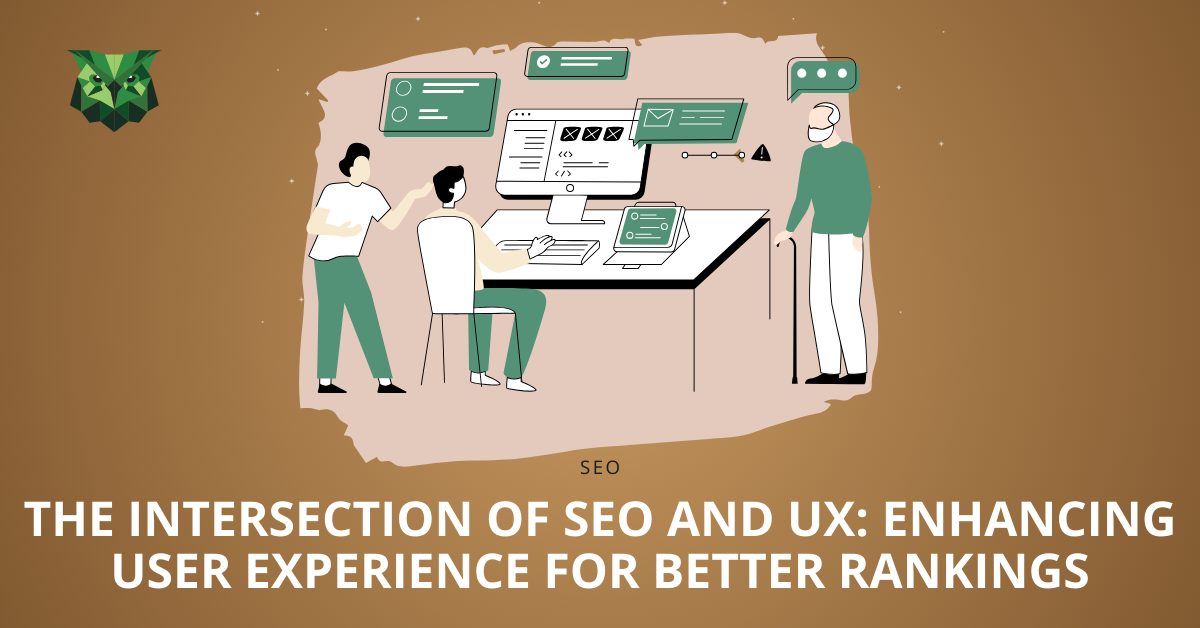The Intersection of SEO and UX: Enhancing User Experience for Better Rankings
3 min read

3 min read

by Aleksandra Stamatović
Ah, SEO and UX, the Romeo and Juliet of the digital realm. One’s all about words and algorithms, while the other is about feel and experience. But instead of an old Shakespearean tragedy, their union is something of a digital fairy tale. Gone are the days when you could just stuff keywords into content and hope for the best. Now, it’s all about the dance between searchability and usability. Let’s twirl into their tango, shall we?
Once upon a time, SEO was the unrivaled king of the digital world. The mantra was simple: stuff in those keywords, ensure those meta-tags are in place, and bam – top of the search results page! But like all good things, SEO had to evolve. Search engines got smarter, and suddenly, the old tricks felt just that… old. Google started craving more – it wanted websites to not just SAY the right things, but also FEEL right for the user.
As SEO was grappling with its identity crisis, UX (User Experience) emerged from the shadows. With its focus on intuitive design, easy navigation, and user-centric functionality, it soon became clear that UX was not just a pretty face. It held power – the power to keep users engaged, satisfied, and most importantly, coming back for more.
When SEO and UX started their waltz, magic happened. SEO brought users to the door, and UX welcomed them in, offering them a comfy chair and a cup of digital tea. Here’s the crux: a website might rank because of stellar SEO, but if the UX is lackluster, visitors will bounce faster than you can say “404 error.”
Think of it this way: both SEO and UX want the same things. They want clear, concise content that’s easy to understand. They adore fast-loading pages and despise unnecessary fluff. Mobile responsiveness? Both nod in agreement. The goal is a harmonious experience for the user, which search engines reward with better rankings.
One of the most compelling acts in this dance is the feedback loop. Good UX means users stay longer, interact more, and convert better. Search engines see this and think, “Hmm, this must be a good site,” and up the rankings you go. Then, with better rankings, you attract more users, who benefit from the great UX… and so the cycle continues.
As we peer into the crystal ball of the digital future, we see the rising stars of AI and predictive analytics. SEO will lean more on voice search, AI-driven content optimization, and data analytics. UX, on the other hand, will harness this data to predict what users want before they even know they want it. Imagine a digital space that morphs in real-time based on user behavior! Now that’s a showstopper.
In the grand theater of digital marketing, SEO and UX are no longer solo performers. They’re the dynamic duo, each enhancing the other, ensuring the audience (read: users) gets a performance worth remembering. So, the next time you’re optimizing your site, remember to invite both to the party. After all, what’s a dance without the perfect partner?